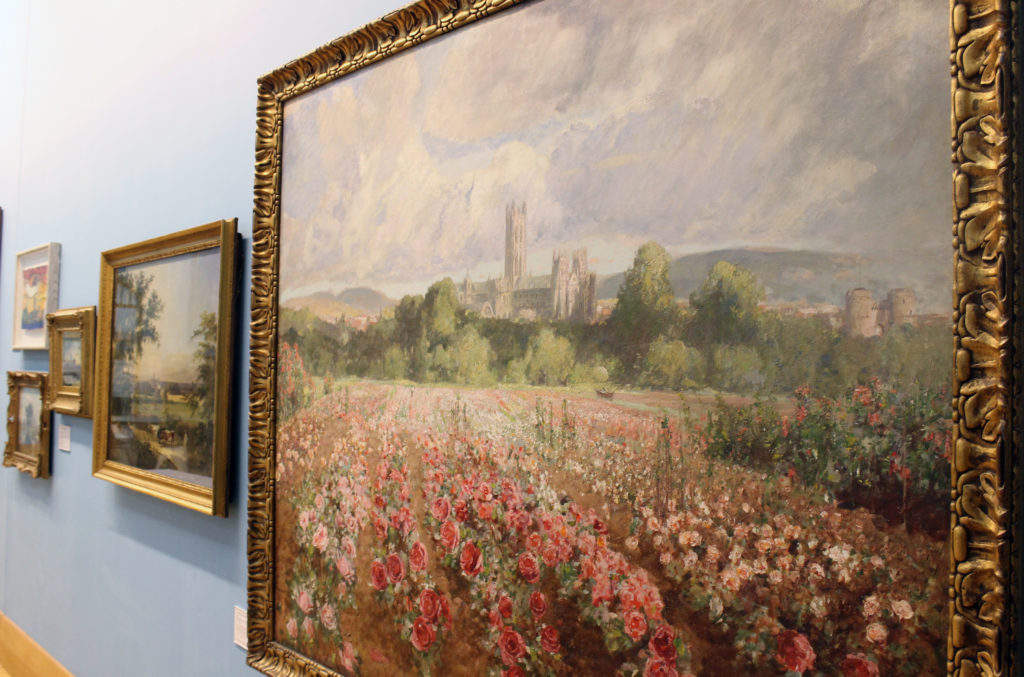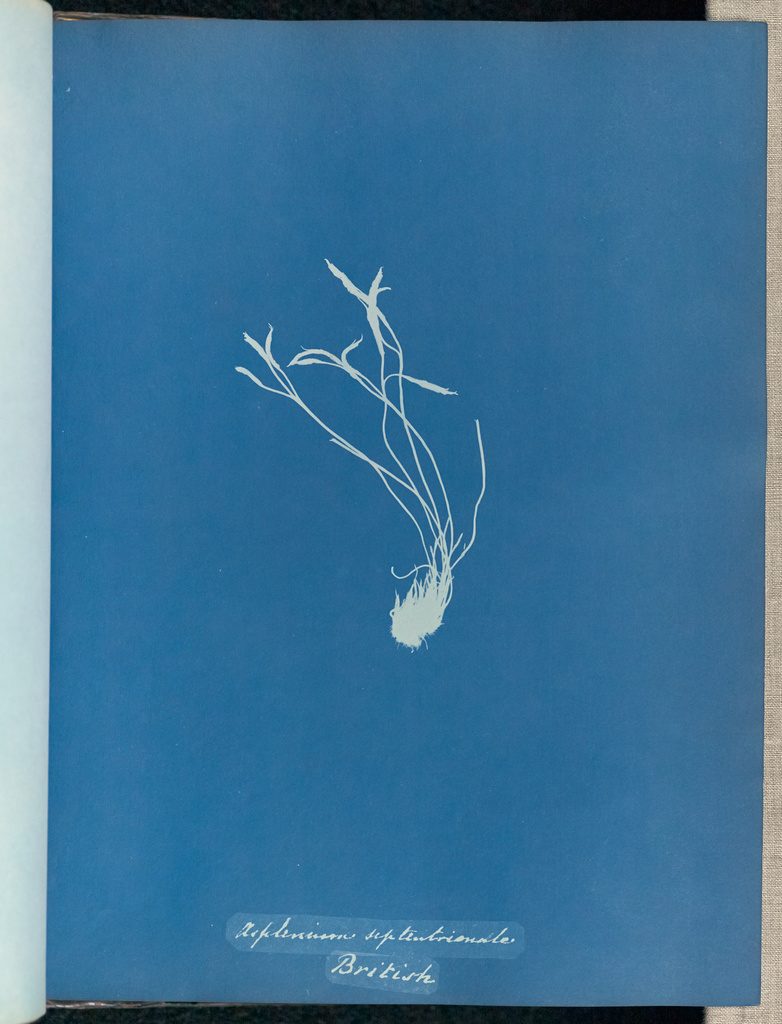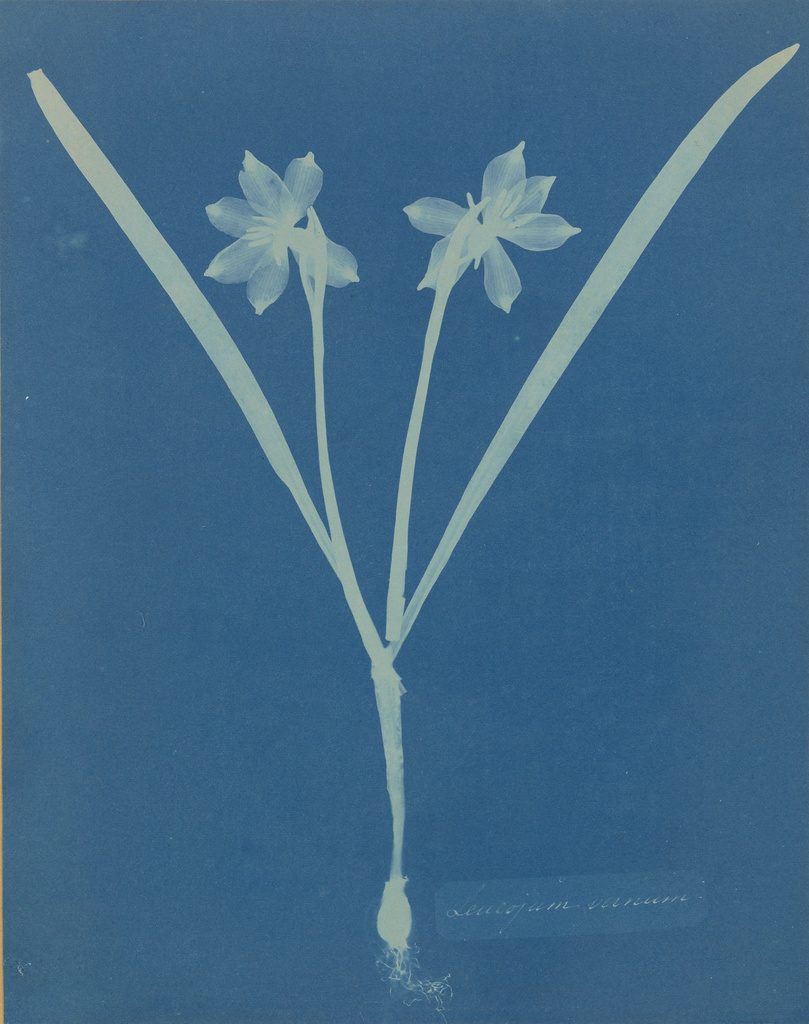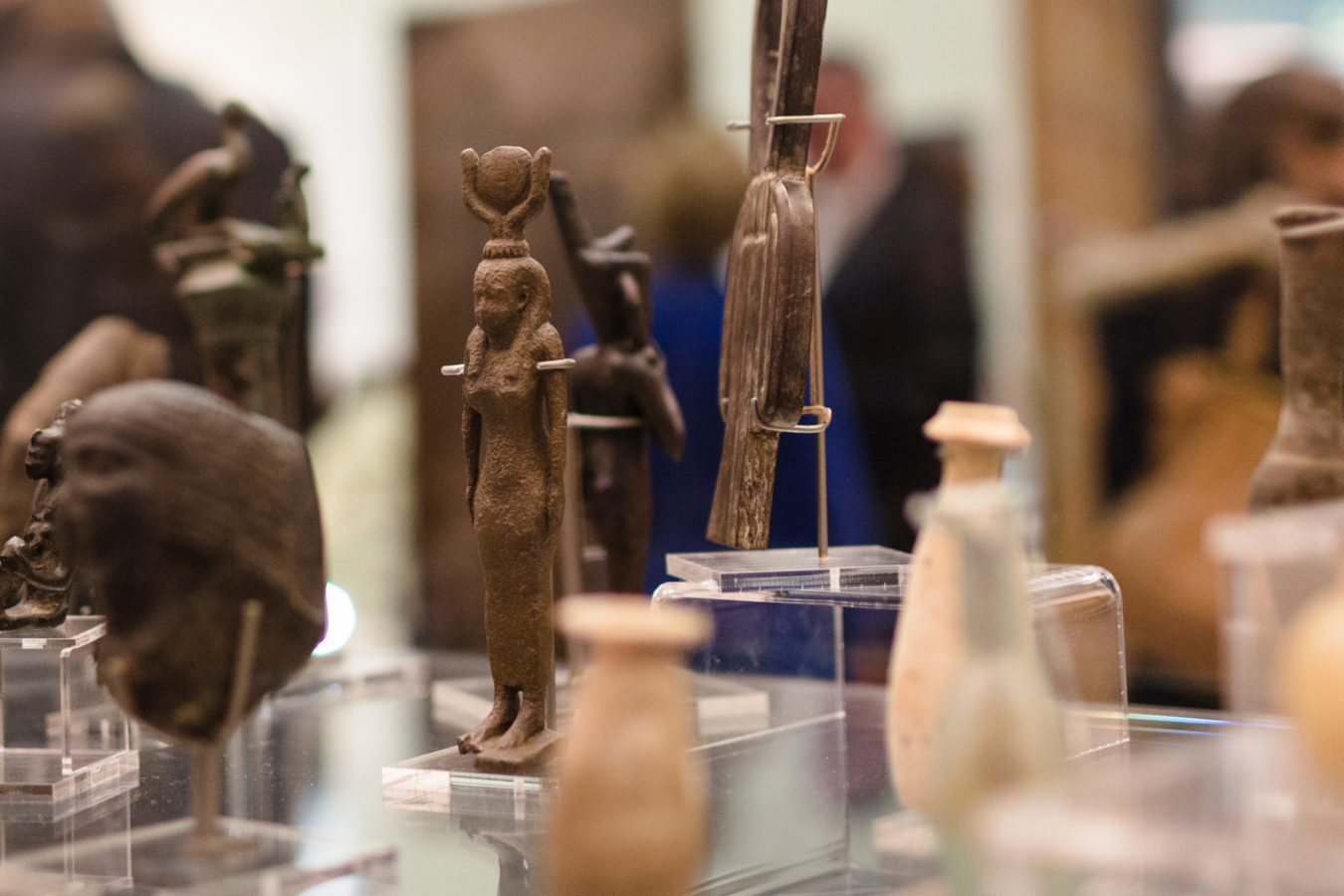
Easter fun at the museums!
Exhibitions, trails and activities; six fun things for all the family to enjoy at The Beaney and...
In the last few weeks I have been thinking about the photo chemical process in my film making and have started to research one of the earliest forms of these processes; cyanotypes.
The name cyanotype was derived from the Greek name cyan, meaning dark-blue impression. The inorganic pigment Prussian blue (hydrated iron hexacyano ferrate complex), which is the image-forming material of cyanotypes, was prepared first by Heinrich Diesbach in Berlin between 1704 and 1710 and was used after about 1730 as a pigment in oil paintings and watercolors.

It was not until 1842 when astronomer and chemist John Herschel through his investigations invented the cyanotypes process. In the 1870’s cyantypes were used regularly by architects and engineers to duplicate plans and drawings, which were referred to as Blueprints.
However, it was a lady from Kent, Anna Atkins who used the cyanotype process in 1843 to create a series of cyanotype limited-edition books in which she documented ferns and other plant life from her extensive seaweed collection. Considered to be the first female photographer Anna Atkins placed her specimens directly onto coated paper and allowed the action of light to create a silhouette effect recording an accurate form of her specimens.

Anna’s photograms have a haunting beauty to them. The white impression left by the specimen turns something familiar into the unfamiliar. The light frames the plant specimens highlighting its form. Usually a single specimen per page, a detailed silhouette structure floats on a washed dark blue background; hovering on the page they become animated in space. I feel it’s time to explore cyanotypes myself.
Further information relating to Anna Atkins can be found here
